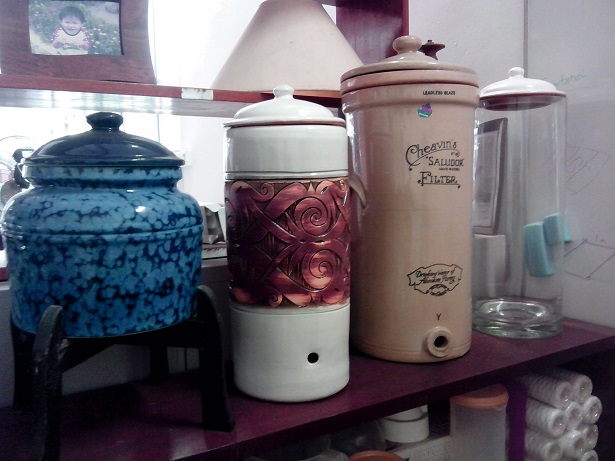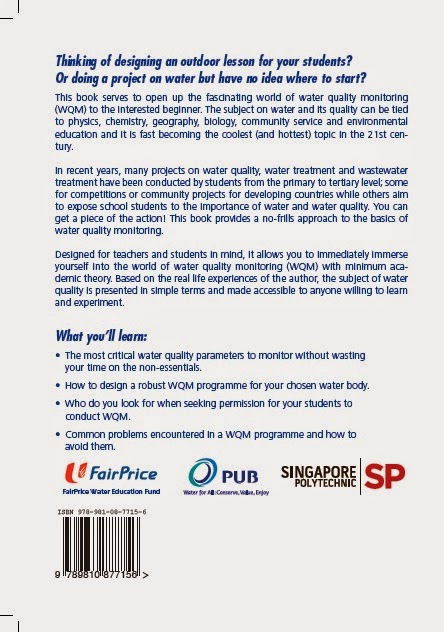1. Once the school has secured a partnership with a polytechnic to offer an AEM, schools should seek approval and funding for running AEMs through their respective Cluster Superintendents.
2. The approved grant for running AEMS will be downloaded to the following account:
SOF-Advanced Elective Module Grant (32308000)
3. The funds downloaded could be viewed from either the Journal initiated by HQ report or the YTD Consolidated report in IFAAS and are added to the SOF pool of available funds while the budget is added to the SOF Contingency Budget.
4. Before making payment to the Polytechnics, the school will need to transfer This will be done by the school’s Budget Officer. the budget from the SOF Contingency and assign an Approving Officer to the SOF-Advanced Elective Module Expense account (34817000).
Accounting procedures
5. The payment to the Polytechnics and the course fees collected should be charged / credited to the following accounts.
Application for Offering AEMs and Funding (For Compliance)
1. Schools will submit their proposals for offering AEMs and funding needs (using the template at Annex E) to their respective Cluster Superintendents. Schools Division will download the funds for approved applications according to the following schedule.
2. Applications received after the submission deadline will be processed in the next cycle. Schools will be informed of the outcome of their applications for funding of the AEMs 10 weeks after the submission deadline as stated in the above table.
You are now unsubscribed
-
CLS
We have removed your email address from our list.
We're sorry to see you go.
Was this a mistake? Did you forward one of our emails to a friend, and...
4 years ago











